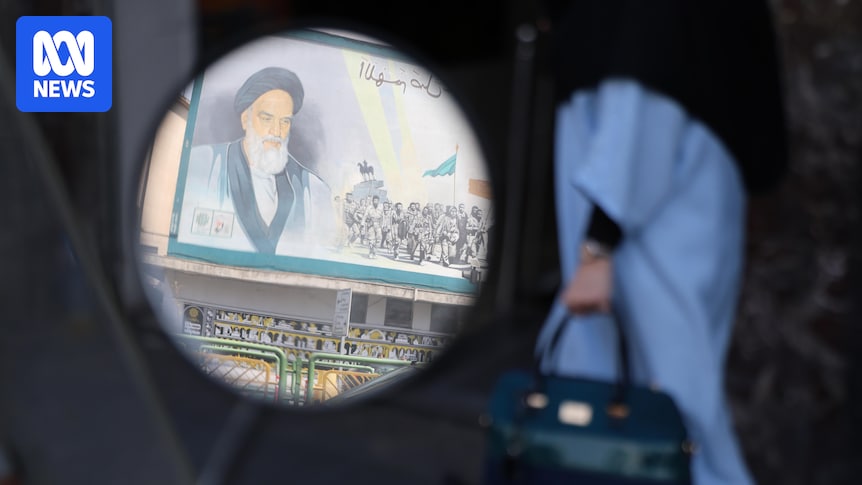
The footage is grainy and blurred, capturing fleeting silhouettes of trees against a hectic horizon. Nineteen seconds in, a man appears, running frantically as his pursuers close in. He sidesteps wildly before being tackled, pinned, and cuffed. This unidentified fugitive’s fate seems grim, confirmed by pro-regime media reports labeling him a “Mossad agent” who committed suicide during his capture.
Whether or not this man was truly connected to Israel’s intelligence service, his reported suicide might have spared him the indignity of a forced confession and a public execution. “No country, no nation allows betrayal. And betrayal during wartime is not forgiven,” declared Esmaeil Baghaei, Iran’s Foreign Ministry spokesman, underscoring the regime’s fury over Israeli intelligence’s reach during the recent 12-day conflict.
The Aftermath of Conflict
The war, which saw Israel targeting Iran’s nuclear sites with US bunker-busters, also involved decapitating Iran’s military command structure through precise, real-time intelligence. The killing of 14 nuclear scientists and simultaneous strikes on military leaders suggested deep infiltration by Israeli intelligence.
This infiltration sparked panic within Iran, a country already characterized by mistrust and paranoia. During the conflict, state media reported 21,000 arrests, while opposition sources described a brutal crackdown with over 1,000 checkpoints established nationwide to hunt for spies.
“Traitors repent and turn yourself in before it’s too late,” warned state media, accompanying footage of the fugitive’s capture.
Espionage and Executions
In the wake of the conflict, Iran has fast-tracked espionage trials, resulting in swift executions. Nine individuals convicted of spying for Mossad have been hanged since the war. Among those executed was Roozbeh Vadi, a nuclear scientist accused of providing intelligence to Mossad.
Vadi’s televised confession detailed his alleged meetings with Mossad agents in Vienna and his betrayal of fellow scientist Abdolhamid Minouchehr, who was killed in an airstrike. Minouchehr’s burial at a Tehran shrine alongside other “martyred” scientists highlights the regime’s narrative of sacrifice and betrayal.
A Nation Divided
Despite the regime’s portrayal of unity, Iran remains deeply divided. Videos of young Iranians cheering Israeli airstrikes during the war illustrate the widespread discontent. According to Western diplomats, as many as 80% of Iran’s 92 million citizens oppose their repressive rulers, weary of corruption, inflation, and harsh sanctions.
The conflict exposed the regime’s vulnerabilities, with 408kg of highly enriched uranium reportedly missing. While the war did not achieve the regime change hoped for by Israeli Prime Minister Benjamin Netanyahu, it highlighted the regime’s internal weaknesses and the extent of foreign infiltration.
“This place is like a Swiss cheese,” a Western diplomat remarked, describing the regime’s compromised state.
Historical Parallels and Future Implications
Iran’s Ministry of Intelligence claims it is engaged in a “relentless battle” against Western and Israeli intelligence networks. Massoumeh Ebtekar, a former vice president, admitted surprise at the extent of infiltration, despite longstanding rumors.
Reflecting on Iran’s historical experiences of occupation and betrayal, the current regime’s paranoia is understandable. However, this internal struggle poses significant risks. The regime’s military humiliation, coupled with its nuclear ambitions, creates a volatile situation.
As Iran navigates this cloak-and-dagger game of nuclear brinkmanship, its future remains uncertain. The regime’s survival depends on addressing both internal dissent and external threats, a challenge that requires balancing repression with reform.
For now, Iran’s leaders continue to project defiance, but the underlying tensions suggest that this conflict is far from over.







